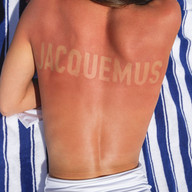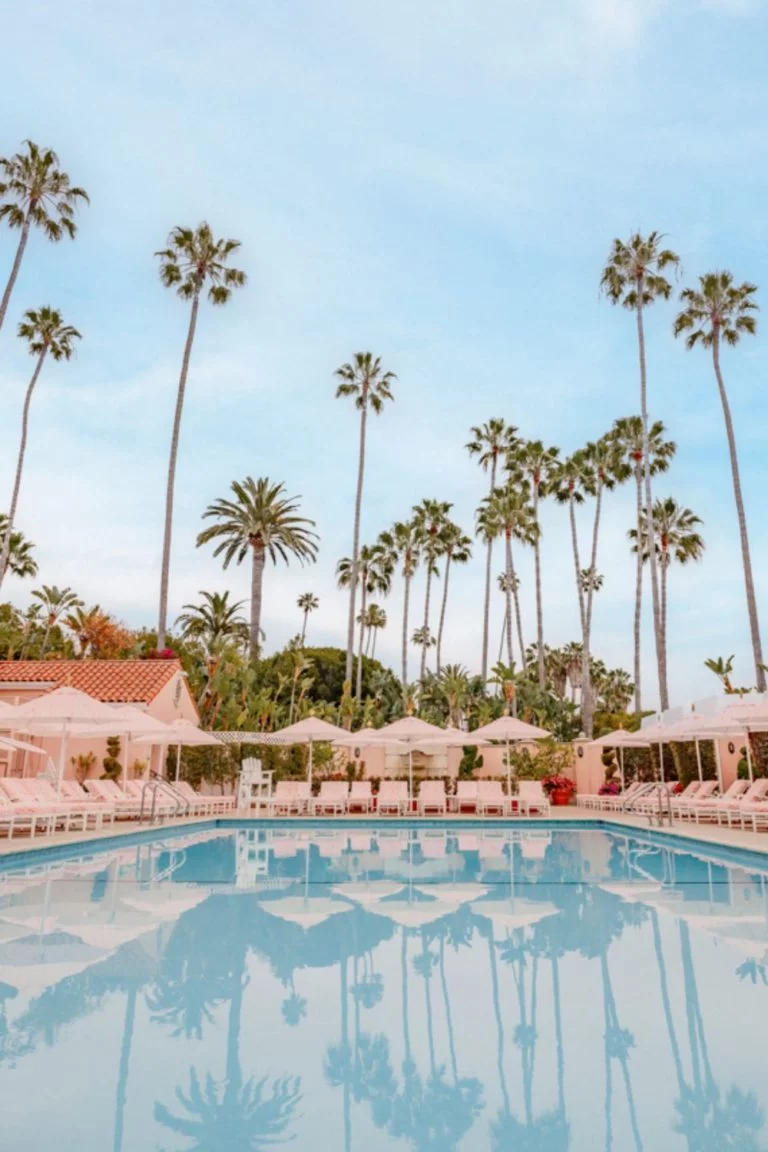Luxury Brand summer pop-ups are missing the point. Time to Rethink!
- Thomas Wieringa
- Sep 5, 2024
- 5 min read
From the sun-drenched beaches of the French Riviera to the exclusive Hamptons, temporary brand stores and beach clubs have popped up like mushrooms after a rainstorm, offering a mix of limited-edition products, immersive experiences, and the allure of exclusivity. Luxury brands have increasingly turned to summer pop-ups as a way to engage their affluent clientele in trendy, high-traffic destinations. However, as we look back on the summer of 2024, the question arises: has this trend reached a saturation point? Are luxury brands, in their rush to capitalize on the pop-up craze, undermining the very exclusivity they seek to promote?
The rise of summer pop-ups among luxury brands didn't happen overnight; it was a carefully calculated move rooted in the evolving nature of consumer behavior and the desire for more personalized, immersive shopping experiences. Initially, the concept of pop-up stores gained traction in the broader retail world as a way to create buzz, introduce new products, or test markets with minimal long-term commitment. For luxury brands, however, the appeal went far beyond these basic benefits.
Tapping into the Luxury Lifestyle
The concept of a pop-up store is not new, but its adoption by luxury brands has been particularly notable over the last few years. These temporary spaces offer brands a unique opportunity to connect with their customers in a more intimate, often more playful environment than a traditional brick-and-mortar store or a digital platform. For the past few summers, the strategy was clear: follow the wealth.
Pop-ups were strategically placed in locales synonymous with luxury and leisure. Whether it was a secluded cove in Mykonos or a private villa in Ibiza, these brands tapped into the lifestyle of their target demographic. The goal was not just to sell products but to create an experience—one that blends seamlessly with the elite summer lifestyle.
For example, brands like Chanel, Louis Vuitton and Dior were among the first to host pop-ups in locations that were practically synonymous with their clientele's summer plans. The novelty of these early pop-ups was a key part of their allure, offering consumers an experience they hadn’t encountered before. These spaces weren't just about selling products—they were about creating unique, one-of-a-kind experiences that blended seamlessly with the luxurious, leisurely pace of a summer holiday. The novelty added an experiential edge, with art installations, exclusive previews of upcoming collections, and personalized shopping experiences that made customers feel like they were part of an elite, insider club. This sense of being among the first to experience something new heightened the luxury appeal.
From Novelty to Norm
One of the most appealing aspects of these early luxury pop-ups was their exclusivity. Because they were temporary and often located in hard-to-reach or invitation-only spots, these pop-ups carried an inherent sense of rarity. Shoppers felt they were part of a select group, experiencing something unique that only a few others could. This exclusivity was a major draw, particularly for luxury consumers who are always seeking out the next big thing that sets them apart from the crowd.
Moreover, these pop-ups offered brands the chance to showcase limited-edition items, capsule collections, or even one-of-a-kind pieces that wouldn’t be available elsewhere. This not only drove sales but also reinforced the idea that luxury is about more than just price—it’s about access, privilege, and the ability to partake in something truly special.
As more and more luxury brands recognized the success of these summer pop-ups, the concept began to gain momentum. What started as an innovative way to connect with customers soon became a full-blown trend. By the time we reached the summers of 2023 and 2024, it seemed like every major luxury brand was setting up shop in the same handful of glamorous locations.
The success stories from earlier years fueled this growth. Brands that had initially dipped their toes in the water with a single pop-up were now rolling out multiple locations across different destinations, sometimes even simultaneously. The competitive nature of the luxury market also played a role, as brands tried to overclass each other with ever-more extravagant pop-ups, each trying to capture the attention of the same elite clientele.
This summer, something has changed. What started as an exciting way to engage with wealthy customers had become almost routine. There were so many luxury pop-ups that they started to lose their sense of exclusivity. When every high-end brand has a pop-up in the same trendy spot, it no longer feels special—it starts to feel like just another store. This overabundance also led to a sense of fatigue. Wealthy shoppers, who are used to the best of everything, began to see these pop-ups as just another marketing tactic. Instead of feeling like they were being treated to something special, they often felt like they were being sold to, which is a missed opportunity for brands to truly connect with their customers.
Immersive Experiences Over Branded Spaces
One of the biggest problems with the current wave of pop-ups is that many of them focus too much on creating a beautiful space and not enough on creating a meaningful experience. A branded space filled with influencers, no matter how stunning, is ultimately just that—a space filled with influencers. It can be visually impressive and Instagram-worthy, but in an era where consumers, especially those in the luxury segment, are seeking more than just a purchase, these spaces can fall flat. They offer a fleeting moment of interaction, but once the shopper leaves, the connection tends to dissipate quickly. The experience, while polished, can feel superficial and transactional—another stop on the vacation itinerary rather than a memorable part of the journey.
On the other hand, an immersive experience goes far beyond the visual appeal of a space. It’s about engaging the senses, emotions, and intellect of the consumer. Immersive experiences tell a story, create a narrative that customers can step into, and feel like they are part of something much bigger than just a shopping event. These experiences resonate on a deeper level, leaving a lasting impression that lingers long after the pop-up is gone.
While pop-ups offer a unique way to engage with clientele, they also come with risks. If not carefully managed, these temporary spaces can lead to disappointment, impact brand exclusivity, and ultimately harm customer loyalty. To avoid these pitfalls, brands must prioritize quality over quantity, ensuring that each pop-up is not just another marketing exercise, but a true extension of the luxury experience their customers have come to expect.
Rethinking the Pop-Up Strategy
As we move beyond the summer of 2024, it’s clear that luxury brands need to rethink how they approach pop-ups. The goal shouldn’t be to have a presence in every hotspot, but to create fewer, more impactful experiences that truly resonate with customers. This means focusing on quality over quantity and creating an engagement strategy that feels exclusive and memorable.
The rise and fall of summer pop-ups in the luxury world teaches an important lesson: in a world where exclusivity and uniqueness are key, simply setting up a temporary store isn’t enough. To truly connect with today’s discerning customers, luxury brands need to go beyond just creating a beautiful space. They need to focus on creating immersive, meaningful experiences that make customers feel truly special.
As the summer of 2024 has shown, the future of luxury isn’t about being everywhere—it’s about being in the right place, at the right time, and offering something truly unforgettable. By rethinking their approach to pop-ups and focusing on creating deeper, more personal connections, luxury brands can ensure that their pop-ups aren’t just another store, but a memorable experience that their customers will cherish.









Comments